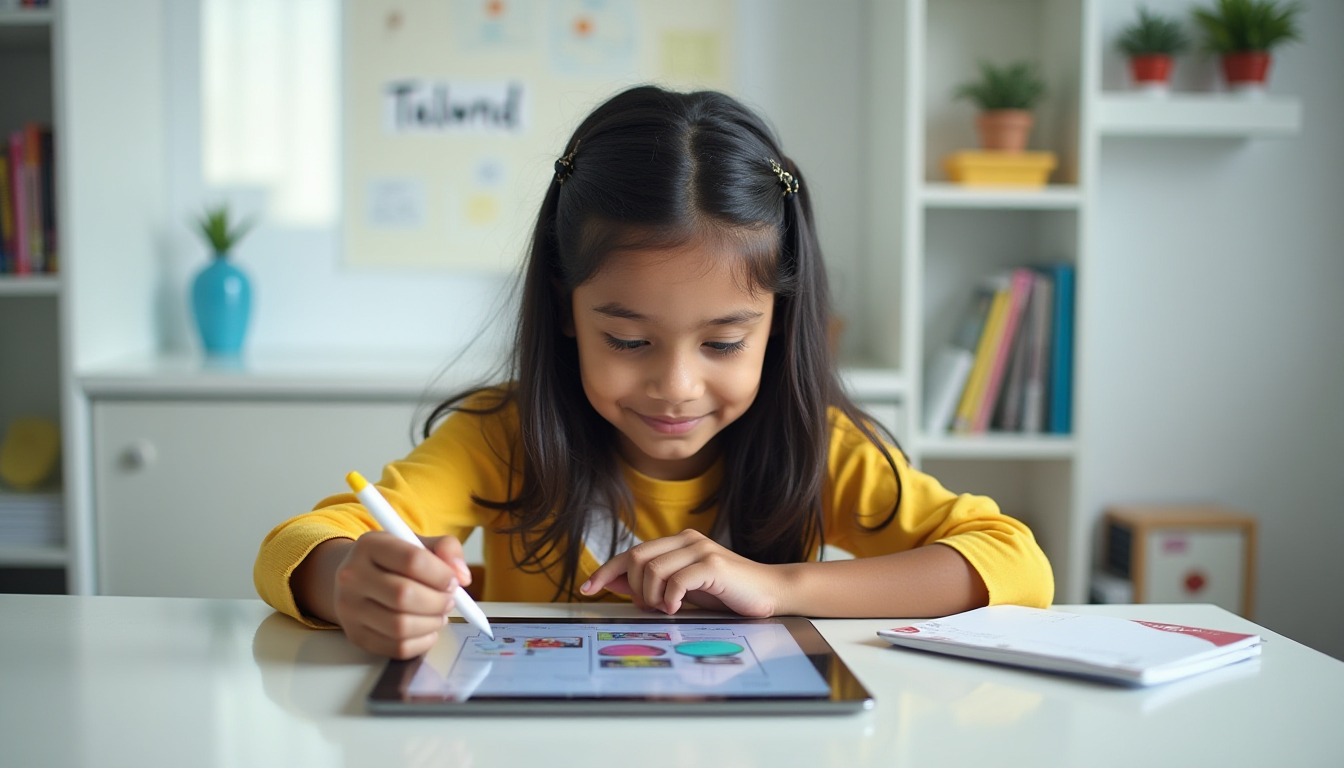From Commanding to Connecting: Let’s Teach Like Guides, Not Dictators

In many classrooms across India, teaching still looks like this: the teacher talks, students listen, and everyone is expected to follow one fixed way of learning. It’s like trying to teach everyone how to dance by only showing one step — and expecting them all to perform perfectly, even if the music doesn’t suit them.
But is this really how learning should work?
The Old Way Is Holding Us Back
For years, our schools have focused on discipline, repetition, and standardisation. “Sit straight. Don’t talk. Learn this. Write that.” If a student doesn’t learn something, the blame falls on the student — not the method.
But think about this: would you enjoy learning if someone only barked orders at you? Probably not. Then why do we expect our children to thrive in such an environment?
The truth is, this strict, one-size-fits-all approach is not just outdated — it’s damaging. It leaves behind the students who think differently, and it crushes the creativity of teachers who want to do more.
It’s Time to Start “Finding Ways”
What if we flipped the idea of teaching? What if, instead of forcing all students to fit into one box, we started “finding ways” to help each child learn in their own style?
A good teacher is not someone who controls the classroom like a boss. A good teacher is more like a guide — someone who notices what excites a child, what confuses them, and what helps them grow.
Let’s say a student named Riya struggles with textbook learning but comes alive during group projects. Or a boy named Aarav gets bored in quiet lessons but shines when he’s allowed to speak up and debate. A guide doesn’t ignore this — they use it. They find ways to turn that energy into learning.
This Doesn’t Mean Lowering Standards
Some people worry that this approach means making things easier. That’s not true.
This is not about doing less — it’s about doing better. It’s about teaching in ways that actually reach students, not just cover the syllabus. When children feel understood and supported, they don’t give up. They rise higher.
What Needs to Change in Our Schools?
To truly shift from controlling to guiding, we need to rethink a few things:
1. Stop Treating All Classrooms the Same
Every school is different. Every class is unique. What works in a Mumbai school may not work the same way in a rural school in Bihar — and that’s okay. Teachers should have the freedom to adjust their methods based on their students.
2. Trust Teachers’ Judgment
Teachers are trained professionals. Let’s treat them that way. Give them the space to try new ideas, adapt lessons, and reflect on what works best — instead of following a fixed script.
3. Make Space for Trial and Error
Innovation means trying new things. Sometimes it will work, sometimes it won’t. But that’s how learning happens — for students and for teachers.
4. Listen to the Students
Yes, even children know what helps them learn. Ask them. Observe them. They are not empty vessels; they are active learners with their own insights.
5. Every Student Has Learning Needs
Why wait for a child to be officially labelled as “special needs” before we offer personal attention? Every child deserves support tailored to their way of learning.
The Magic Starts When We Let Go of Control
When teachers stop being commanders and start being explorers alongside their students, something amazing happens.
- Students ask more questions
- Learning feels exciting, not boring
- Classrooms become full of energy and curiosity
- Everyone — both teacher and student — grows together
This is what real education looks like.
Let’s Teach for Today’s World, Not Yesterday’s
Our world is changing fast. The old “stand and deliver” method was built for a time when memorising facts was enough. But today, children need to be creative, flexible, and thoughtful.
They don’t need to just remember information. They need to understand it, use it, and ask “Why does this matter?”
Let’s give them that chance.
Are You Ready to Be the Guide They Need?
Change doesn’t start with a new rule. It starts with a mindset shift — one teacher, in one classroom, deciding to teach differently. Not by shouting louder, but by listening more. Not by forcing, but by finding a way.
At Tailwnd, we believe in this new kind of teaching. Our tools are designed to support teachers who want to be facilitators, not controllers — who want to make learning meaningful, not mechanical.
So here’s the challenge:
Can we move away from controlling every moment, and start creating more space to learn, grow, and experiment?
Can we stop telling kids to just follow, and start walking with them on their learning journey?
The answer lies not in more rules — but in more trust, more care, and more purpose.
Let’s start finding ways.
Because our children are waiting.
And they deserve the best guide we can be.





